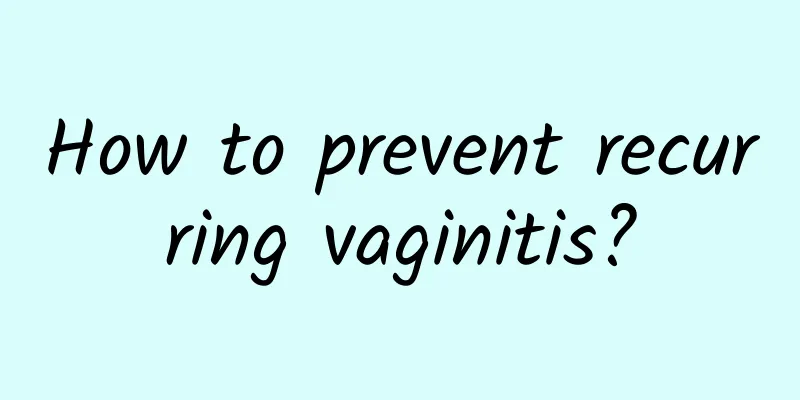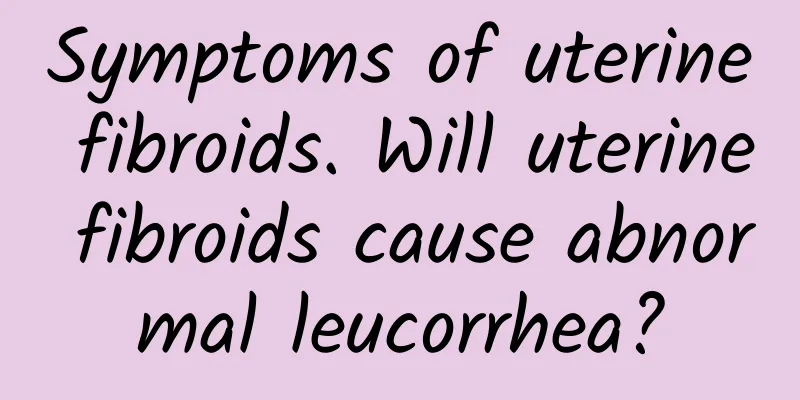What are the dietary taboos for pelvic peritonitis?

|
The daily diet and dietary therapy of patients with pelvic peritonitis are very critical to the patient's recovery. Many patients are very anxious about the treatment of pelvic peritonitis. Due to the slow recovery, many patients do not pay attention to food, which leads to worsening of the disease. This is a very unfavorable situation. Let us take a look at the dietary precautions for pelvic peritonitis. 1. Patients with pelvic peritonitis should avoid warm tonic foods, such as beef, mutton, dog meat, goose meat, longan, red ginseng, deer antler glue, etc. Because pelvic peritonitis is mostly hot in nature, warm foods are like adding fuel to the fire, which will cause yellow and thick vaginal discharge, bitter taste in the mouth, and body heat. 2. Patients with pelvic peritonitis should avoid tobacco and alcohol. Tobacco and alcohol can cause inflammation and congestion, so they should be avoided. 3. Patients with pelvic peritonitis should avoid sweet and greasy foods, such as candy, cream, chocolate, lard, mutton fat, etc. 4. Patients with pelvic peritonitis should avoid eating raw and cold food, such as cold drinks, cold fruits, cold dishes, etc. Pelvic peritonitis is not only related to heat, but also closely related to blood stasis. Patients often have symptoms such as slight abdominal pain. Eating too much will aggravate the stasis, leading to the consequence of endless pain. 5. Patients with pelvic peritonitis should avoid eating seafood and freshwater fish, such as river shrimp, sea shrimp, fish, crab, eel and other aquatic products. 6. Patients with pelvic peritonitis should avoid spicy and fried foods, such as chili peppers, pepper, star anise, mustard, fried dough sticks, fried peanuts, fried bean curd, roasted lamb, and fried spareribs. These foods can stimulate the inflammatory lesions of the pelvic peritonitis, promote local congestion, and aggravate the condition of pelvic peritonitis. |
<<: How to eat for patients with pelvic peritonitis
>>: Diet and health care for patients with pelvic peritonitis
Recommend
After a heavy meal during the Chinese New Year, it is a good time to replenish your fiber intake with fruits and vegetables
During the New Year holidays and long holidays, w...
Symptoms of various types of irregular menstruation in traditional Chinese medicine
In order to better treat irregular menstruation, ...
Will untreated cervical precancerous lesions shorten life expectancy?
In recent years, more and more women have suffere...
Does adenomyosis cause back pain in patients?
Can adenomyosis cause low back pain? 1. Simply pu...
When eating sugary cereals for breakfast, beware of these four major NG mistakes! Doctor: High sugar and high calories accelerate obesity and aging
Some people are used to eating a bowl of cereal w...
What are the factors that cause cervical hypertrophy?
What are the causes of cervical hypertrophy ? I b...
Mental factors can also cause irregular menstruation in women
Mental factors can also cause irregular menstruat...
Why does vaginal candidiasis recur?
Why does candidal vaginitis recur? The recurrence...
The main features of ovarian cysts
The main features of ovarian cysts are: The main ...
Adnexitis may be caused by factors such as unclean sexual life.
Adnexitis may be caused by factors such as unclea...
How to treat thin endometrium and premature ovarian failure quickly
Treatments for thin endometrium and premature ova...
What is the cause of female adnexitis?
Many women suffer from adnexitis, which causes so...
What are the harms of repeated abortion to women's body?
Today's increasingly open modern life also ha...
What is the best treatment for ectopic pregnancy? There are many methods
The treatment of ectopic pregnancy needs to be ba...
What tests are needed for cervical hypertrophy
Cervical hypertrophy, as a common condition of ch...









